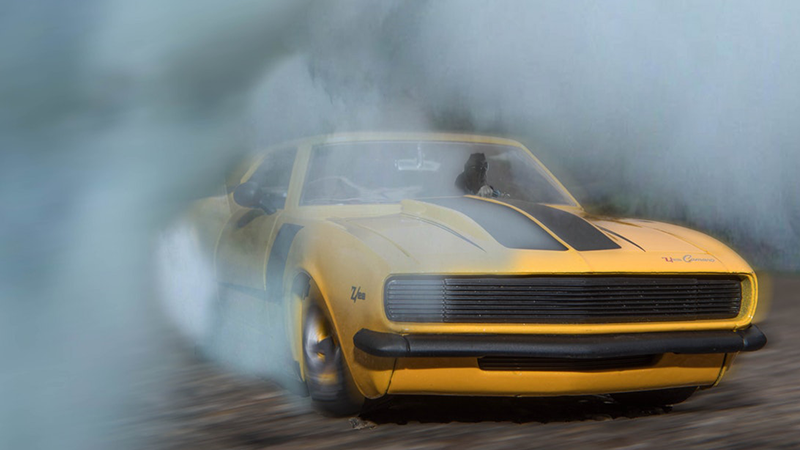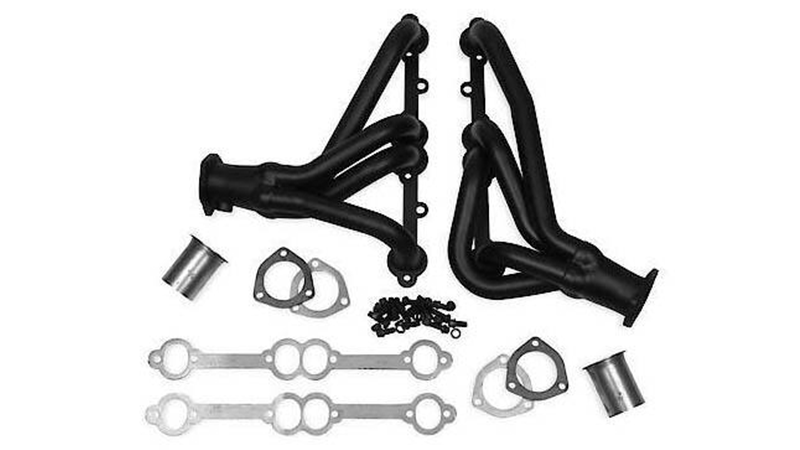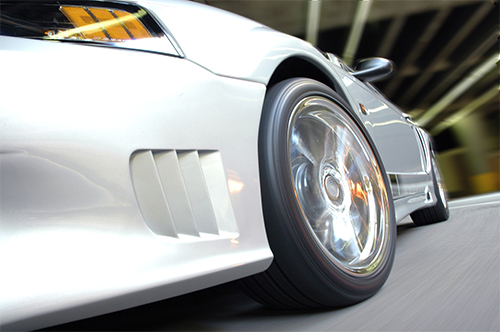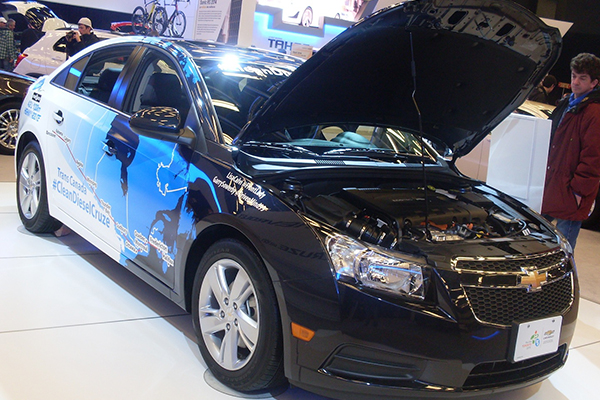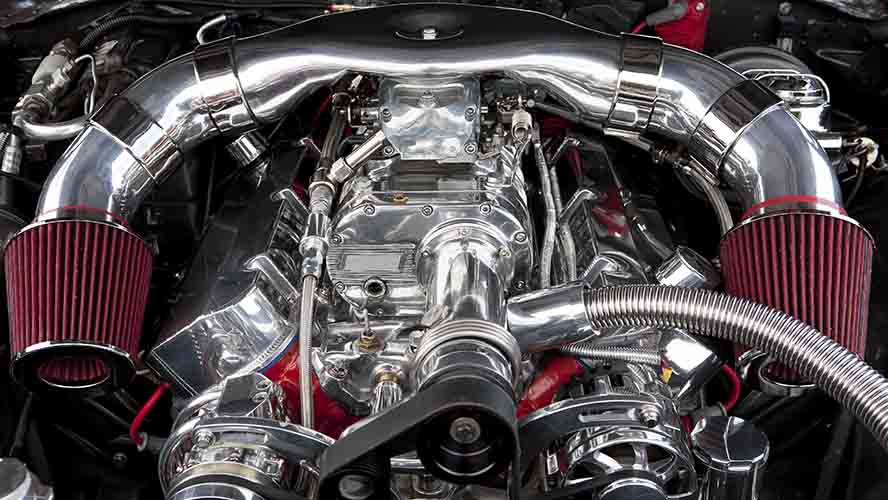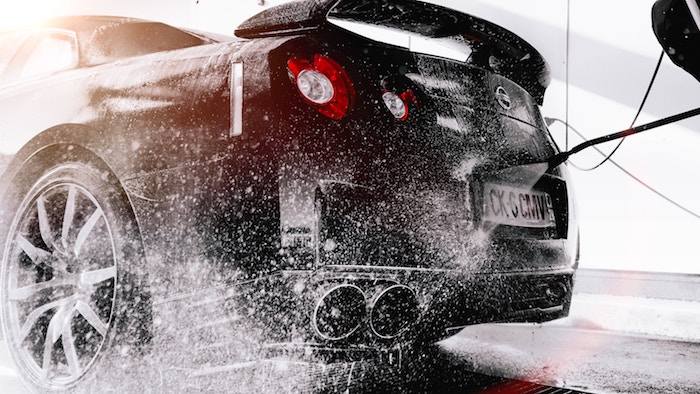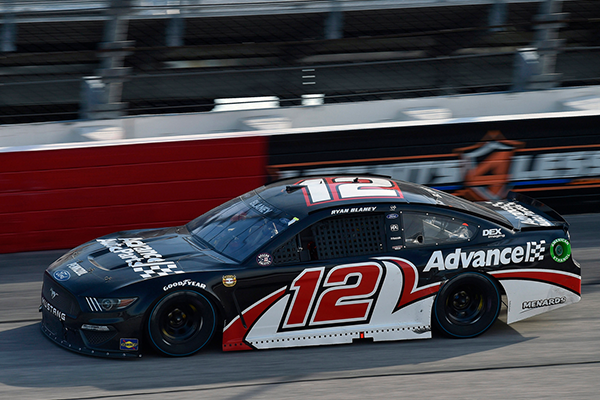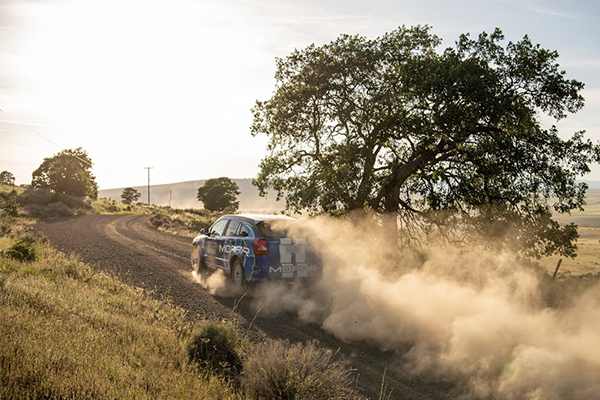The current Camaro has a stout engine lineup, capable suspension and good brakes, making it a great all around performer and maybe the best iteration of that Chevy model ever. But some drivers want more. If you want Super Sport over the factory's Somewhat Sport, it's time to modify your ride for performance. While some lists include stuff like car covers and floor mats on their best mods lists, you won't find that here. Covers and mats are useful, but they aren't as exciting as adding power or enhancing your handling/stopping ability. Read on if you want max performance from your Camaro.
Synthetic fluids
Synthetic fluids aren't quite a mod according to some people, but we can probably change their mind. Sure, fluid changes are part of any maintenance schedule, and you've probably already heard about the multiple benefits of synthetic oil. Modern engines are designed for low-viscosity synthetic oil for all those reasons.
But did you know there's a performance gain? Hot Rod reported a gain of 4.4 hp and 2.6 lb-ft in their Hemi Charger. Horsepower TV picked up nearly 9 hp at the wheels in their LS1 Camaro SS by switching to synthetic. Then there's the increased gas mileage, reduced engine wear and cleaner components for longer engine life. You can switch to an extended service interval with synthetics, which means less time doing maintenance and more time for mods.
Synthetics make your Camaro an all-around better car, and that's just in the engine. There are further gains when you swap the transmission, differential and power steering fluid for synthetics. While there is a slight price increase compared to conventional oils, the multiple benefits make synthetics worth the price when you're looking for more performance.
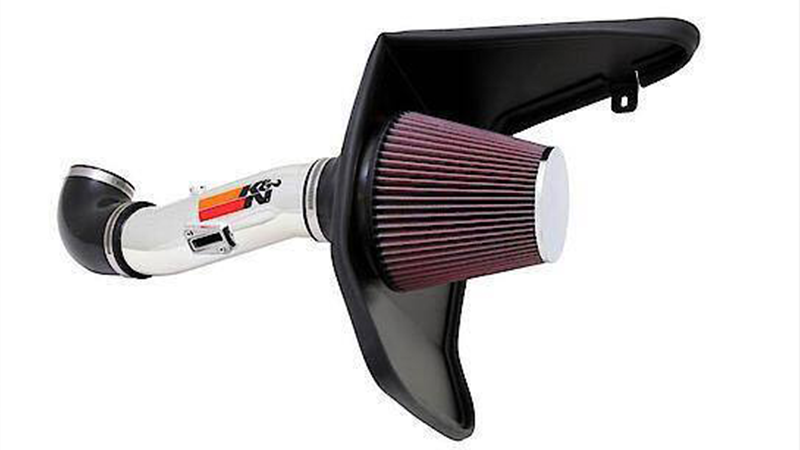
K&N Cold Air Intake | Advance Auto Parts
Cold Air Intake
Back when internet forums and the LS1 were new, everyone and their dog recommended an aftermarket air filter box lid for increased power. The aftermarket lids did prove less of a restriction, consistently adding 1 or 2 hp on a dyno. Today, modern intake systems are much more advanced, designed with minimal restrictions from the factory. Still, there's a little room for improvement. Aftermarket cold air intakes dramatically reduce restrictions while increasing air tube diameter, allowing your engine to easily inhale more air.
Why is cold air so important? Because the colder the air, the denser it is, and a cold air intake is the equivalent of cramming more air into your engine. You can find intakes for your Camaro I4, V6 and V8. Most intakes are CARB exempt, but check the listing carefully if you need to meet an emissions test. The aftermarket air filter in an intake (or the factory air box) can last 100,000 miles or more. You can even get a chromed intake tube if under-hood bling is an additional goal.
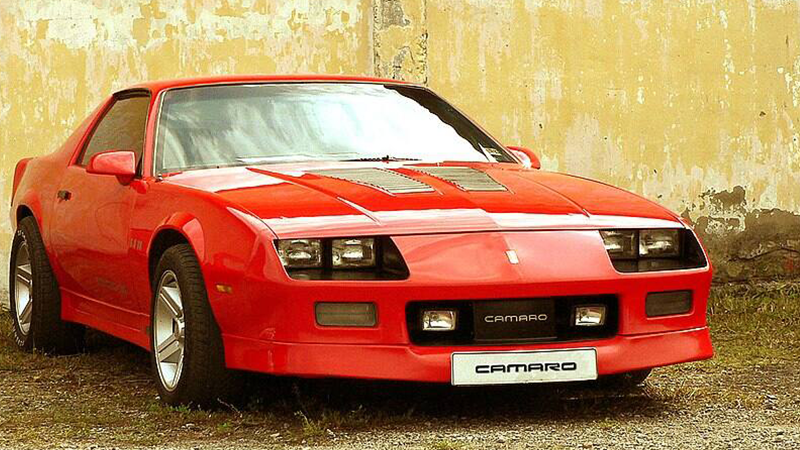
Third Generation Camaro | Zager | Wikimedia Commons
Performance Brakes
Back in the day, the Camaro's front brakes were 10.5-inch rotors with a single-piston cast iron caliper. Gross, right? Now that we (and GM) know better, the factory offers impressive optional brake packages for the Camaro. If yours is lacking those awesome optional brakes, there's no need to drop a fifth of the value of your car for a new OEM brake kit.
The drilled and slotted rotors look sweet, but also provide a functional benefit by clearing away debris for maximum contact and a cooling effect. The pads are optimized for street and race duty, so no worries when you hit the drag strip, autocross course or track day. And if you're still running a third gen with those non-1LE 10.5-inch brakes, an affordable alternative is aluminum Wearever 2-piston calipers. Added to the Power Stop pad/rotor kit, these direct replacements make for seriously upgraded braking at around a fourth the price of the OEM 1LE kit. It's a great way to enhance your car's stopping power and can be installed in an afternoon's time.
Headers
A cat-back exhaust only adds a few horsepower at most on modern cars, as they're mainly about aggressive sound and good looks from the polished tips. Headers, on the other hand, are often hidden in the engine bay, but can make a huge difference in performance. Headers are basically fancified versions of exhaust manifolds, built for all-out performance and enhanced flow with a separate tube for each exhaust port. Instead of cheap cast iron, sloppy welds, and crush bends, headers offer maximum size stainless mandrel bent tubing precisely welded for optimum flow.
Fifth-gen Camaros have many choices for headers, but shorties have a poor reputation on fifth gens, so stick with the long tube design. 1.75" diameter is a good all-around size, with larger only recommended for full race cars. Chevy Hardcore magazine added headers and cat-back to their 2010 L99 Camaro SS and gained 21.6 HP and 18.7 lb-ft at the wheels. Super Chevy did intake/tune/exhaust as a combo for a total increase of 64 hp and 56 lb-ft at the wheels. That's a huge gain for something not difficult to install.
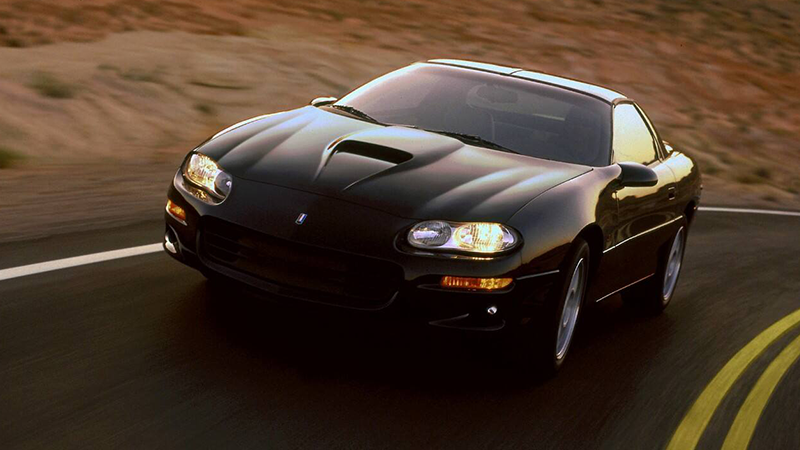
1998 Camaro SS | GM
Performance Camshaft
The original LS engine, the LS1, dates back to the 1997 Corvette and '98 for the Camaro Z28 and SS. The OG Gen III V8 is under-powered by today's performance standards, rated at less horsepower than a current V6 Camaro. Fortunately, the LS series of engines love mods, taking well to basic mods, forced induction and especially cam upgrades.
Competition Cams says they are “the absolute leader in valve train technology," pushing cam tech forward since the mid '70s. A grind like their Xtreme RPM cam delivers exceptional horsepower and torque increases from 1,200 RPM up to 6,000 RPM. This is a daily drive-able cam, as it doesn't significantly negatively affect MPG or idle. A tuner/programmer or custom tune is needed to get the most from any cam upgrade, and Comp recommends new valve springs and lifters with this cam. A cam upgrade will void your factory warranty, but if you're reading this, you probably don't care.
Nitrous
If you're new to nitrous oxide, we've got a big breakdown on what nitrous is right here (with some do's and don'ts). Spraying the proper amount of nitrous into the engine oxygenates and cools the incoming air charge, and when increased fuel is added, the result is dramatically more power. Nitrous can be totally safe if your engine is healthy to begin with, and when used properly and with the recommended safety equipment.
Since you're making it hotter in the engine, you'll want a “colder" spark plug that is better at shedding heat. NGK says you'll want plugs that are one heat range colder for every 75 to 100 horsepower added. Laws vary by the state and city, but nitrous usually isn't allowed on the street. Just get to the track and finish hooking it up, then enjoy your new increase of 100+ horsepower. And yes, Advance sells nitrous. It's a bolt-on mod that can goose your horsepower, torque and throttle response without having to replace any of the engine's internal bits.
What have you done to your Camaro? Let us know what you'd like to do in the comments below.
